In the Media
- "Experimental Math Space" (scroll down a bit), article published in the February 2022 First Year Math and Stats in Canada Newsletter
- "Mathematically inspired space adds a third dimension to equations", article published in the February 2019 issue of Innovatus
- Our youtube channel featuring mathematically inspired experiments can be found here
What students are saying:
-"Good balance between math in homework assignments and the lab component to apply their knowledge," Math 4650: Feedback Control Systems, Winter 2021
-"Enjoy group element," Math 4650: Feedback Control Systems, Winter 2021
-"Good for conceptual understanding," Math 4650: Feedback Control Systems, Winter 2021
-"The lab was very interesting as I got to apply some of the course material to a live demo," Math 4090: Mathematical Modelling, Winter 2019
-"The lab helped me to understand how the random walk is related to the normal distribution," Math 4090: Mathematical Modelling, Winter 2019
Examples of other experimental math spaces:
1. The Department of Curriculum & Pedagogy at the University of British Columbia has a dedicated room entitled "Mathematics Laboratory" (located in room 1211 in the Neville Scarfe building) which is an active learning classroom celebrating mathematics, art, education and teacher candidates. Below are some pictures of this space.
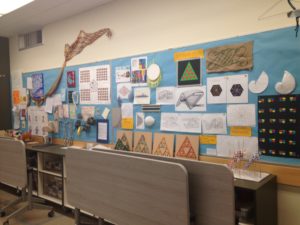
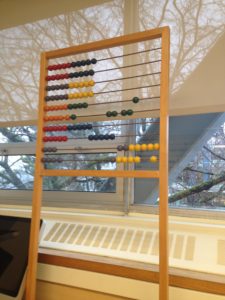

2. The Department of Applied Mathematics at the University of Waterloo has several experimental lab rooms in the following fields: fluid dynamics, control theory, hybrid systems, mathematical biology and mathematical medicine, which are used for both research and teaching. These can be found on the sixth floor of the MC building. Below are some pictures of their applied math experimental labs.
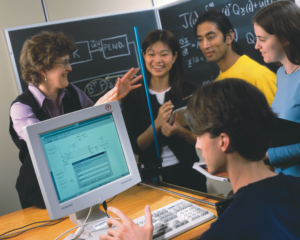
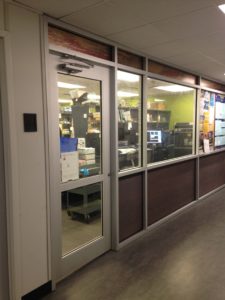
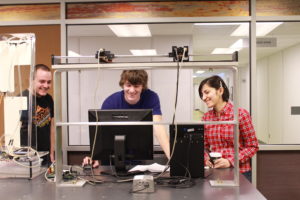
3. The Department of Mathematics and Statistics at Queen's University has a modern control theory course (MATH 430) which has a mandatory laboratory/experimental component. Equipment in the lab space are from Quanser and focus on control systems. Here is a video of their space: https://vimeo.com/198917961
4. "How round is your circle?" by John Bryant and Chris Sangwin is a book filled with artistic engineering and physics devices, including their use, history, construction, and mathematics. Examples include linkages, planimeters, and tangrams. Some corresponding videos can be found here: https://www.youtube.com/@sangwinc/videos


